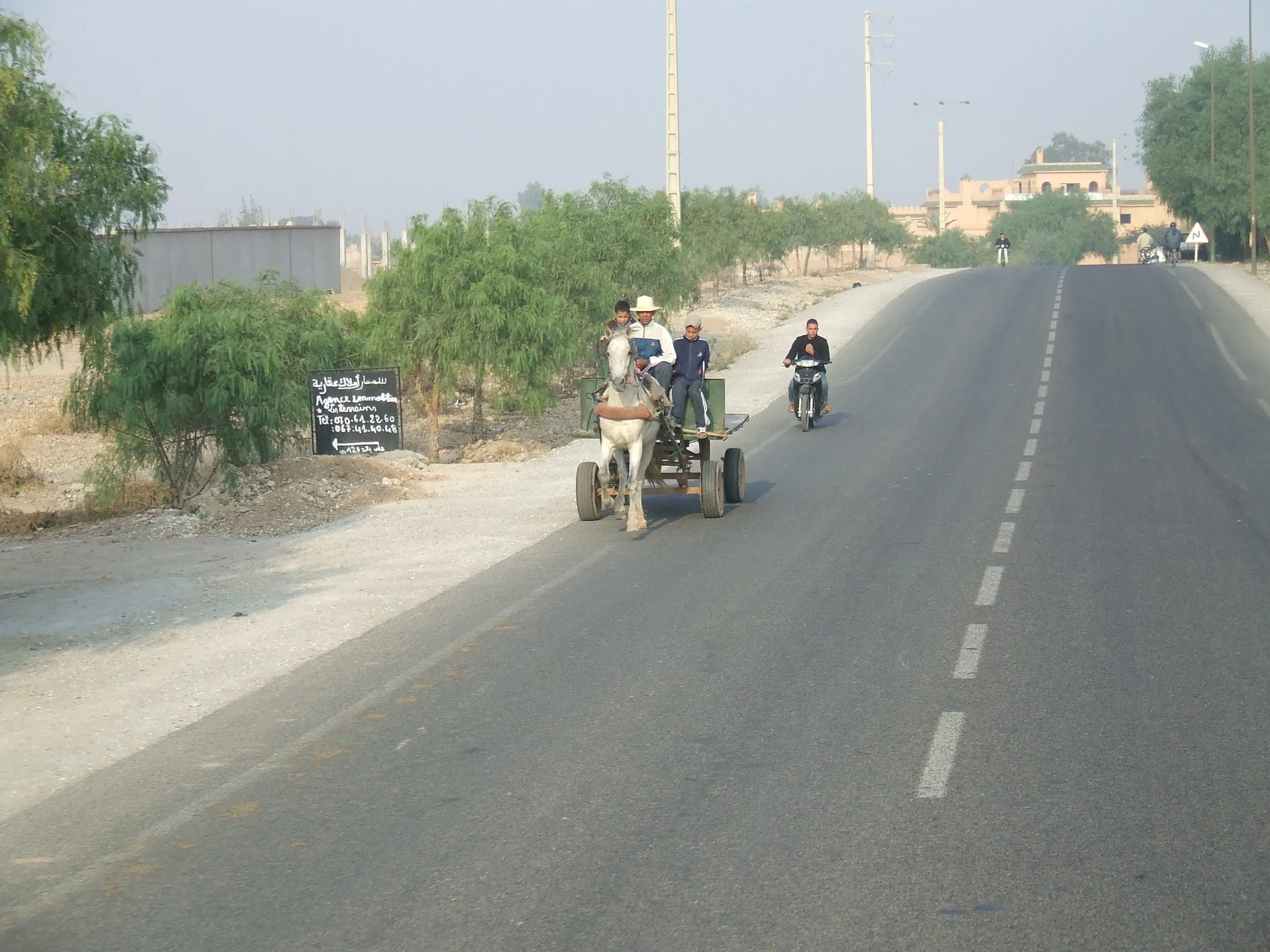Europe’s road safety challenge is to reduce casualties for the future.
By MJ Woof
March 2, 2022
Read time: 3 mins

The latest official data from the European Commission provides in-depth information on road safety. This offers analytical resources through the library for European Road Safety Observatory (ERSO). The publication of thematic reports by the EU on seat belt use, serious injuries and alcohol use by vehicle occupants will help address the causes of crashes. Further reports are available on an array of road-related safety issues including, fatigue, level crossings, novice drivers, pedestrians, personal mobility devices, seniors, and speed.
The reports are intended to increase understanding of the causes and impacts of road crashes in order to achieve vision zero road deaths or serious injuries on Europe’s roads by 2050.
One key finding concerns the inadequate use of seatbelts and child restraint systems in Europe. Research shows that wearing a seat belt reduces the risk of fatal or serious injuries by around 60%. Both seat belt reminders and seat belt ignition interlocks increase seat belt use. The seat belt wearing rate in front seats is more than 95% in most EU countries, but is lower in the back seats, and varies between 70-98%. An estimated 25-50% of fatally injured car occupants were not wearing a seatbelt at the time of impact. Also of concern is that only 20-50% of children are correctly restrained. It is estimated that 900 deaths/year could be avoided in the EU if 99% of car occupants wear seat belts. The lowest seat-wearing rate among car drivers is in Italy at 62.7%, and the highest rate is in France at 99.4%. Tougher enforcement in France in recent years has encouraged vehicle occupants to wear seatbelts, showing how other countries could follow suit to ensure compliance and reduce casualties.
Road crashes cause numerous injuries, which tend to be less-well reported than fatalities. It is estimated in the EU that for every life lost, five more people suffer serious injuries, and the number of serious injuries has generally been declining at a slower pace than fatalities.
Driver impairment due to alcohol, drugs and medicines is of concern, and particularly so in certain countries. The data shows that 25% of all road deaths in the EU are alcohol related. Worryingly, 21% of drivers admitted driving after drinking alcohol, 15% after taking medication that affects driving ability, and 13% may have been over the legal alcohol limit. By 2024 all new cars, vans, trucks, and buses will be fitted with alcohol interlock technology in Europe. The self-reported prevalence for DUI varies between countries: Luxembourg has the highest rate 53.3% and Hungary the lowest, 5.4%. Driver distraction from cellphone use at the wheel is another major risk factor in crashes.
The research shows that the high-speed motorway routes in Europe have amongst the lowest rate of fatalities/km travelled for the European road network. In 2019, 9% of all road fatalities in the EU27 occurred on a motorway. The number of motorway fatalities fell by 13% between 2010-2019. Belgium and Bulgaria have the highest motorway mortality rates (number of fatalities per million inhabitants). Meanwhile, Finland, Poland and Romania have the lowest. Generally, the mortality rate was lower in the north of the EU and highest in the south, and the fatality rate was highest in Eastern Europe and lowest in the Nordic countries.
Broadly speaking, the road fatality rate is highest in Eastern Europe and in particular in Poland, Bulgaria and Romania. However, some regions in Belgium and Portugal had a mortality rate three times higher than the European average. Male fatalities were highest in Southern Europe, and for young people and seniors, in Eastern Europe.
Young people have long faced particular hazards with regard to road safety, although research suggests that the situation is improving. For the 15-17 age group, the absolute number of fatalities for the 2010-2019 period decreased by 42%. Mortality rates for this age group have decreased by 39% in the past decade. For the 18-24 age group, the absolute number of fatalities decreased by 42% in the same period. Whilst mortality rates for this age group were the highest, they have decreased by 35%.







